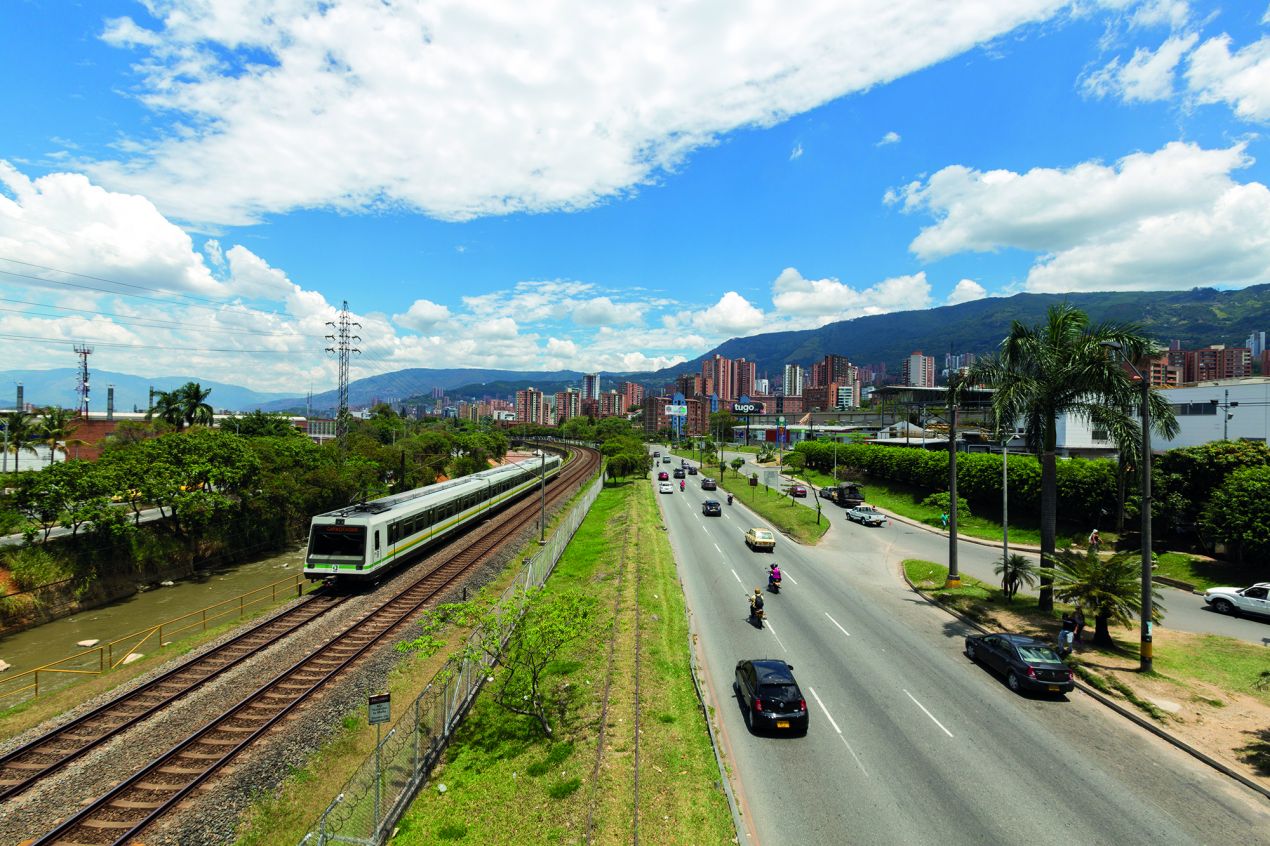The Colombian government wants to position the country as a power in transport infrastructure so as to increase competitiveness and to overcome the underinvestment of the twentieth century. The Intermodal Transport Master Plan, with investment of approximately US$ 3.3 billion in the next ten years, and a new methodology to prioritise projects, will help them reach this goal.
Colombia’s Intermodal Transport Master Plan (Plan Maestro de Transporte Intermodal – PMTI), a National Government initiative, is based on a methodology for prioritising infrastructure projects with a strategic goal of supporting national socioeconomic development.
The aim is that the intermodal network efficiently connects cities and areas of production and consumption, maximising the benefit on the national economy. The main output of the PMTI, after an objective technical process to build an action and implementation plan, was an initial list of highway, rail, river, air and maritime projects to meet the country’s transport infrastructure needs for the next twenty years.
Steer Davies Gleave and the Foundation for Higher Education and Development (Fedesarrollo) were responsible for structuring the six basic steps for prioritising this primary transport network.
1. Macroeconomic context.
We built projections of GDP by region and economic sector, and the generation of employment in the largest urban areas in the country. The aim was to identify growth and potential demand by region.
2. Characteristics of demand.
An Origin - Destination (OD) matrix was built from information collected in surveys at a number of points along the spine of the country. This provided a detailed understanding of the variety of interurban travel.
3. Definition of the core network.
The intermodal network was defined as spine and transverse corridors to ensure connectivity and integration of major urban conglomerations. This network was coded into a transport model describing its transport characteristics such as travel time, travel cost and corridor capacity.
4. Demand projections.
The OD matrices were projected forward using optimistic forecasts of GDP and assigned to the network in the transport model. Projections were made to 2035, giving a 20-year horizon, enabling estimation of future traffic on each section of the core network.
5. Prioritisation rules.
Two rules were used to prioritise the projects according to need:
- Sections with a high demand (load or vehicular traffic) which require a higher operational specification.
- Sections integrating towns and areas with productive potential or at a disadvantage to the major urban conglomerations.
6. Prioritised projects.
Each project was graded according to its socioeconomic impact and its estimated running cost (CAPEX + OPEX). Projects with the best rating and the lowest costs were prioritised. The PMTI includes more than 200 intermodal transport infrastructure projects, including improvement of 150 roads, renewal of five railways, navigability of eight rivers, 31 airport projects and dredging in both Atlantic and Pacific ports. The country will use the network infrastructure to improve accessibility in disadvantaged territories and communities, minimising operating costs to optimise foreign trade.
The success of the methodology used for the long term plan lies in its ability to assess transport projects simultaneously, analysing whether they are complements or competitors, focusing on the national government and investors interested in project prioritisation. The project’s success encouraged the government to continue refining the work, through a detailed analysis of projects to improve accessibility to urban agglomerations and to optimise logistics processes in the network and its key nodes. This is an opportunity for Steer Davies Gleave to contribute to and lead the strategic planning of the country.
Written by German Lleras

